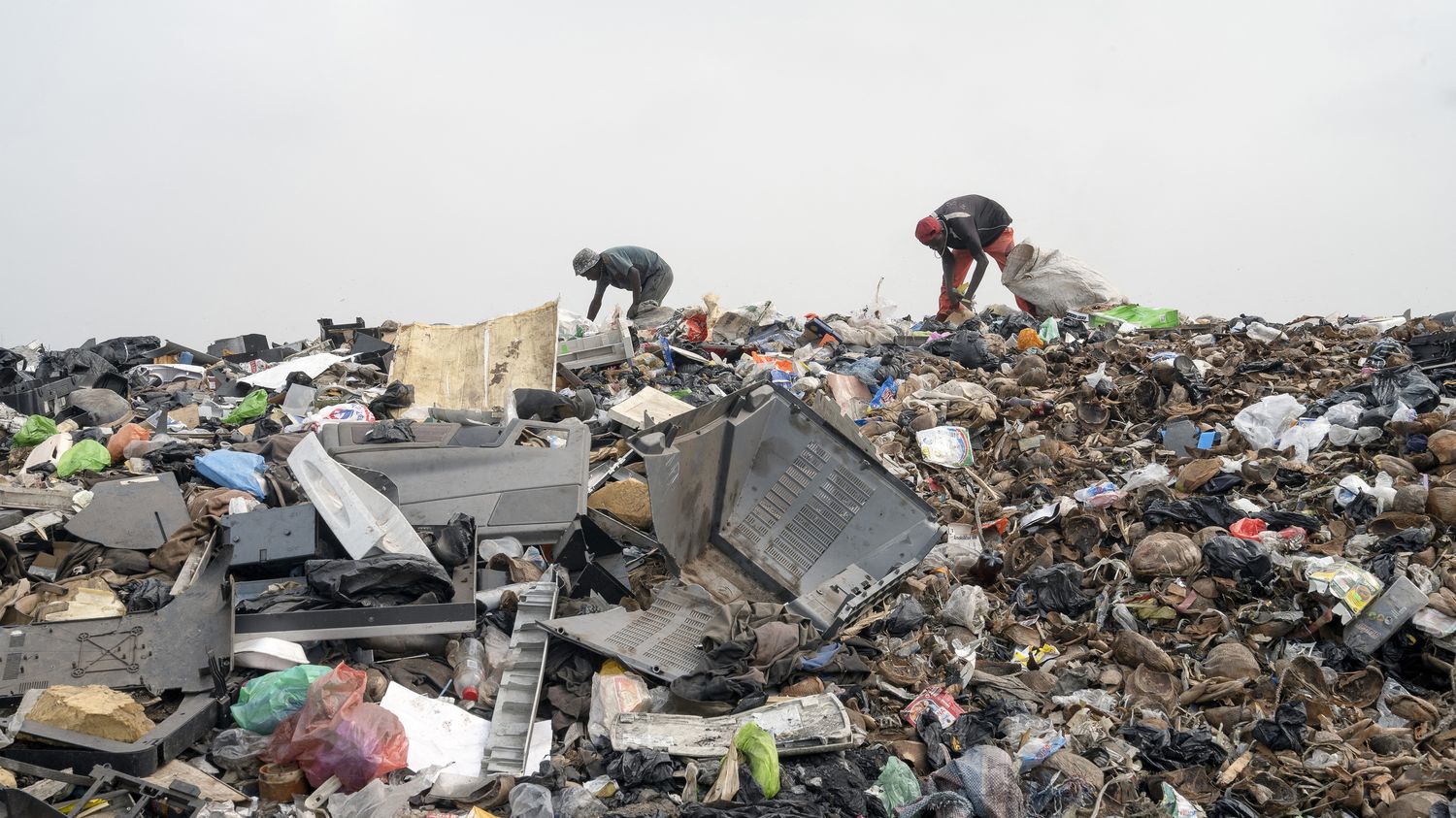Common waste, excluding industrial and construction waste, is expected to reach 3.8 billion tonnes in 2050.

Published
Update
Reading time: 2 min

Two thirds more waste by 2050: the volume of waste in the world, at 2.3 billion tonnes in 2023, is expected to continue to grow exponentially, in the absence of action, with a massive impact on health and economies, warns the UN Wednesday February 28. At this rate, current waste, excluding industrial and construction waste, should reach 3.8 billion tonnes by the middle of the century, exceeding the forecasts of the previous report devoted to this theme by the World Bank.
The crisis will be all the more acute as the growth of waste is expected to be particularly marked in countries where their method of treatment remains polluting: landfills, open-air incineration (soil pollution, emission of greenhouse gases such as methane). or pollutants such as soot carbon)… “Despite efforts, little has changed”summarizes the new report produced by the United Nations Environment Program (UNEP). “Humanity has even gone backwards, generating more waste (…). Billions of people do not benefit from waste collection.”
A low collection rate in poor countries
If in rich countries the essentials are collected, the collection rate is less than 40% in low-income countries. Today, between 400,000 and one million people die each year from diseases linked to inappropriate waste management (diarrhea, malaria, cardiovascular pathologies, cancer), underlines the report published for the sixth session of the Assembly of United Nations for the Environment, organized this week in Nairobi, Kenya.
Waste left on the ground spreads pathogens, heavy metals and other endocrine disruptors into the soil and groundwater for a long time. Their open-air combustion releases persistent pollutants into the atmosphere. Organic waste that decomposes in landfills is responsible for 20% of human emissions of methane, the most warming of all greenhouse gases.
If nothing is done, the direct and indirect cost of waste worldwide is expected to almost double to reach $640 billion annually by 2050, this report estimates. In 2020, the direct cost of waste treatment was estimated at $252 billion ($361 billion if indirect costs are included). There is “emergency” to start “a drastic reduction in litter”calls the UN. “We must act to avoid the worst-case scenario.”
